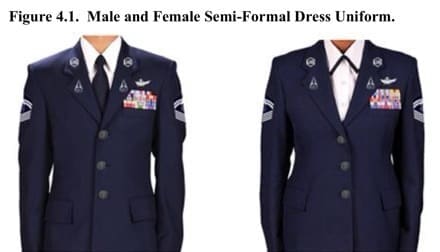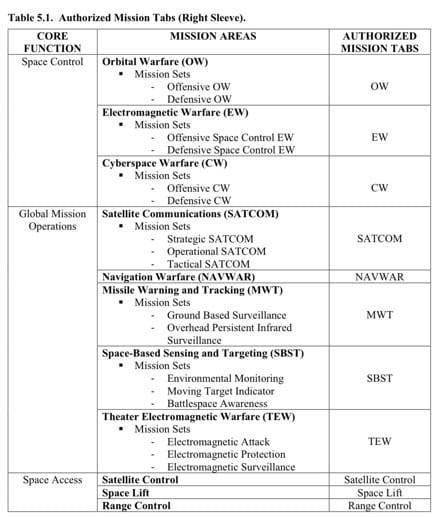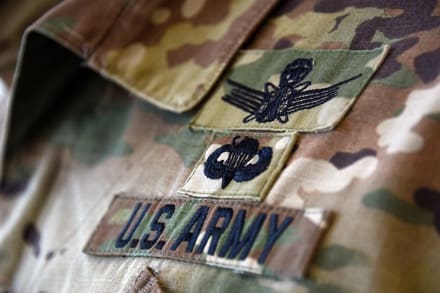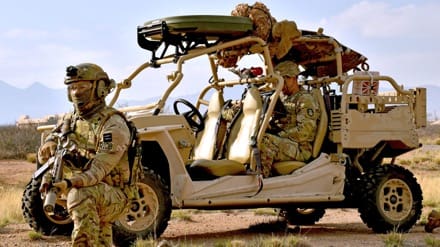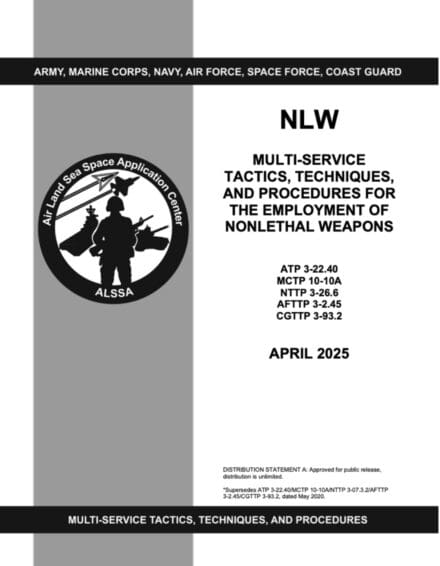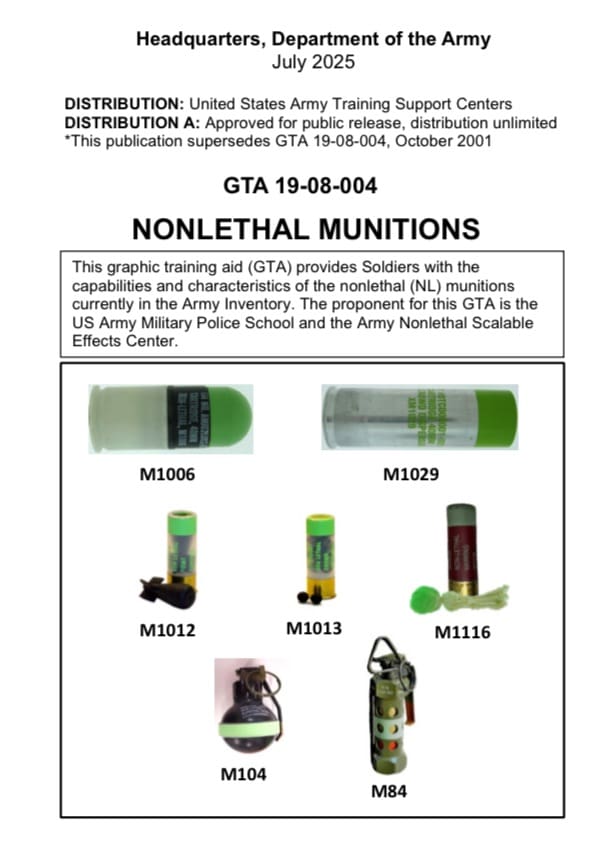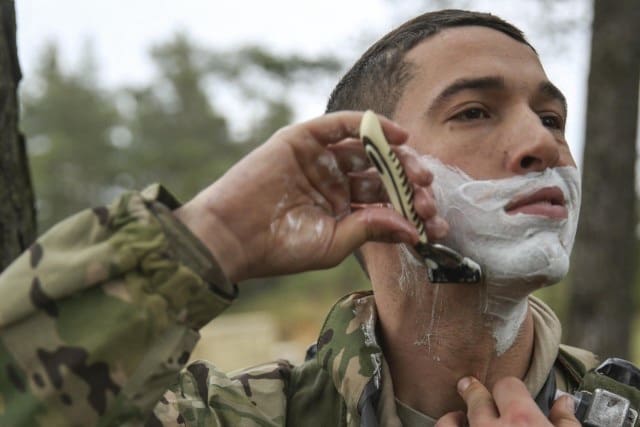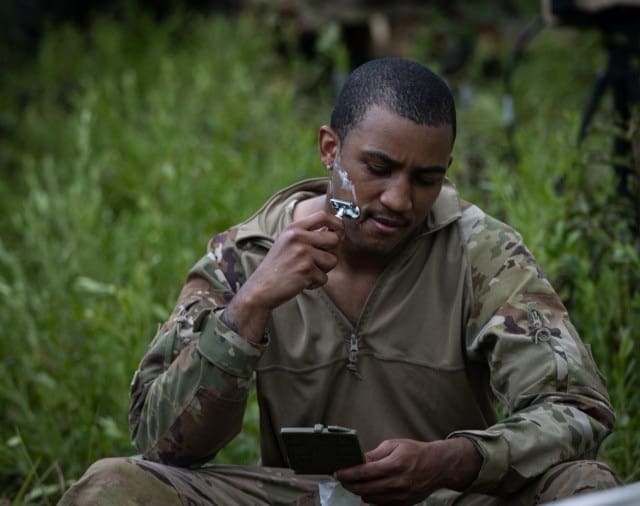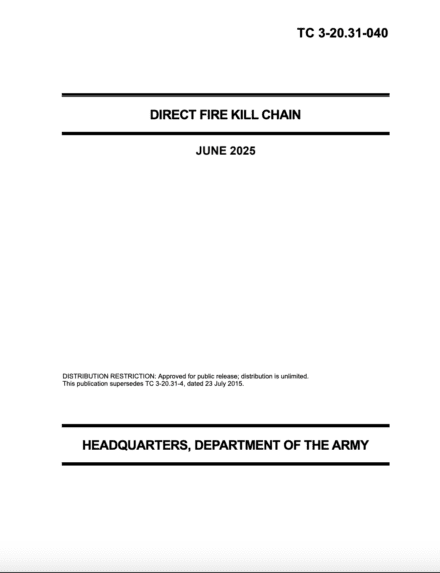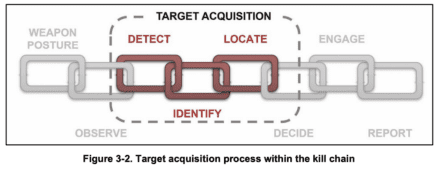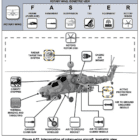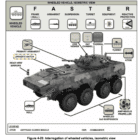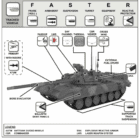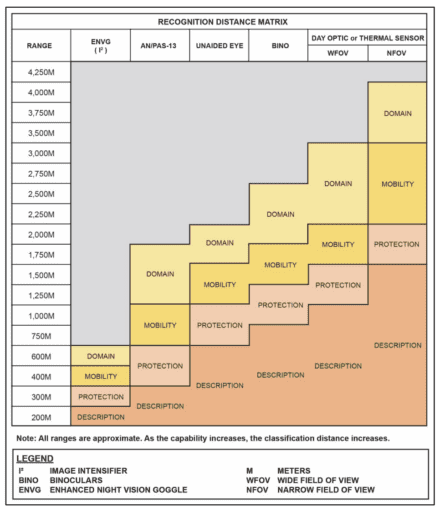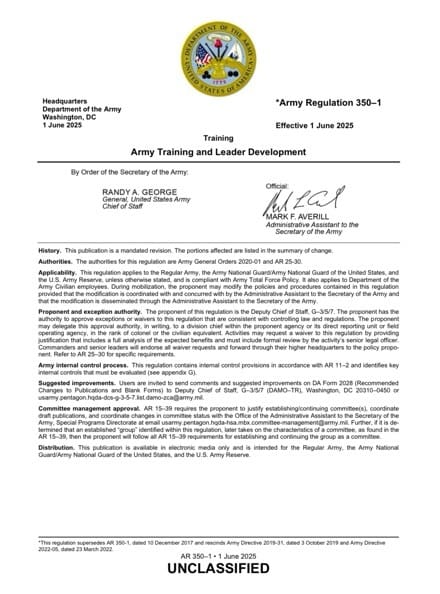Effective immediately, the Mexican Border Defense Medal is established to recognize service members deployed to the U.S. international border with Mexico for Defense Department support to U.S. Customs and Border Protection, said Defense Secretary Pete Hegseth in an Aug. 13 memorandum.
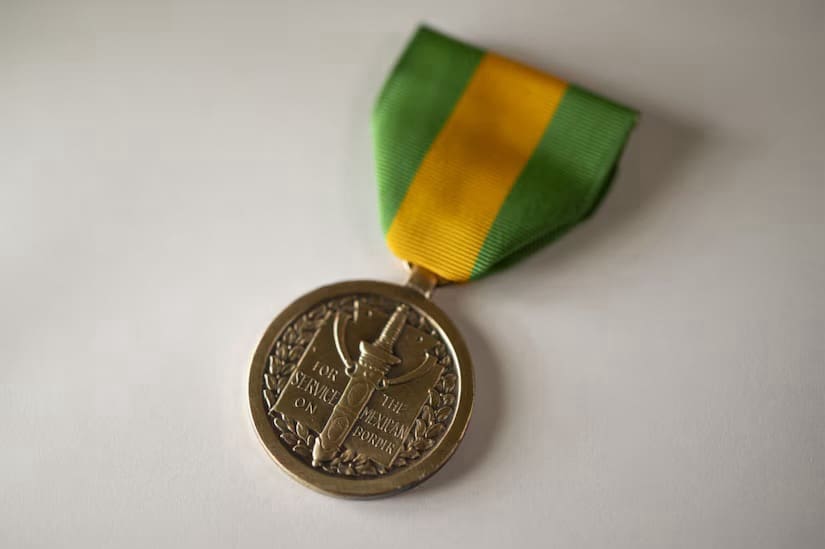
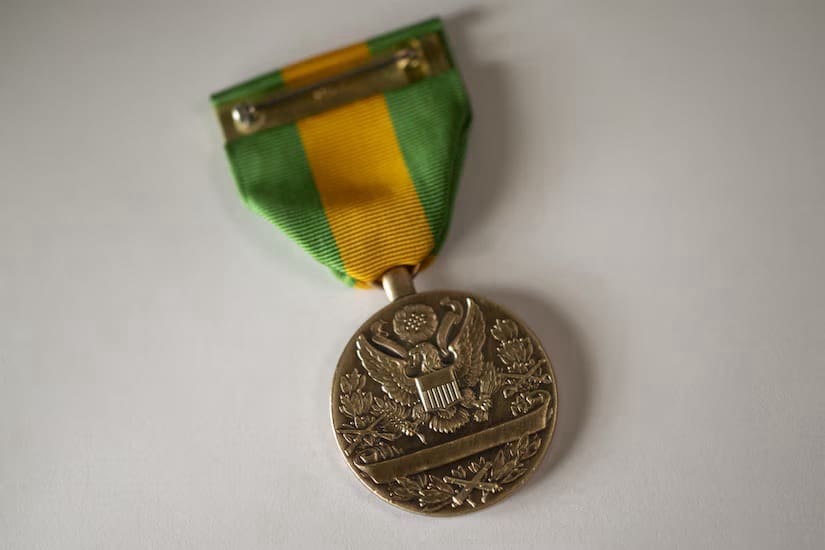
Service members deployed in support of CBP previously were recognized with the Armed Forces Service Medal.
To receive the new award, service members must have been permanently assigned, attached or detailed to a unit that deployed to participate in a designated DOD military operation supporting CBP within the area of eligibility for 30 consecutive or nonconsecutive days, from Jan. 20 to a future termination date to be determined, Hegseth said.
The area of eligibility is U.S. land within 100 nautical miles from the international border with Mexico within Texas, including the city of San Antonio, as well as New Mexico, Arizona, California and the adjacent U.S. waters out to 24 nautical miles, he said.
Service members and veterans previously awarded the AFSM may apply for the new award in lieu of the AFSM previously awarded, the secretary said, adding no one can be awarded both medals for the same period of qualifying service.
“Securing the southern border, protecting the territorial integrity of the U.S. and defending our homeland are Department of Defense priorities,” said Anthony J. Tata, undersecretary of defense for personnel and readiness.
Tata underscored the timeliness and criticality of this award, adding, “The service members deployed to support this national security imperative deserve to be recognized for their bravery and contributions — and we look forward to pinning the Mexican Border Defense Medal on them soon.”
The U.S. Army Institute of Heraldry will expedite procurement of MBDMs made to DOD standards, and the Defense Logistics Agency will expedite the process for procuring and placing the MBDM in the supply system to ensure timely availability of the award for qualifying service members and veterans.
About the Medal
According to Institute of Heraldry, the MBDM is identical to the Mexican Border Service Medal, struck in 1918, for service in 1916 and 1917 in the Mexican state of Chihuahua and on the U.S. side in the vicinity of the New Mexico and Texas borders with Mexico.
The medals are bronze. On the front is a sheathed Roman sword hanging on a tablet, along with an inscription that reads “For Service on the Mexican Border.”
The sword symbolizes war or military strength and is sheathed to indicate service in the United States rather than in actual combat.
On the reverse side is the Coat of Arms of the United States above a scroll and surrounded by a wreath ending at the center with cross rifles in dexter, crossed sabers in sinister and crossed cannons in base.
The wreath represents achievement. The rifles, sabers and cannons represent the infantry, cavalry and artillery.
The ribbon’s field of green is symbolic of freedom, while the golden yellow color alludes to virtue. These colors represent civic virtue by serving the government in the pursuit of freedom.
The order of precedence for the MBDM will be before the AFSM and after the Korea Defense Service Medal.
By David Vergun, DOD News


